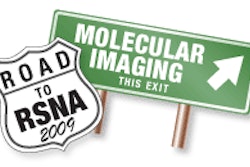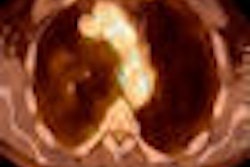The study included 80 patients suspected of gallbladder cancer. All of the patients received MDCT, FDG-PET, or PET/CT scan while planning surgery. Pathologic diagnoses were obtained by means of surgery or biopsy. Via CT interpretation, each gallbladder lesion was classified as benign or malignant and resectable or unresectable.
In the diagnosis of gallbladder cancer, CT exhibited slightly better sensitivity than PET, while PET was significantly better than CT in specificity. PET had higher positive predictive value than CT, but CT was superior to PET in negative predictive value. In accuracy, PET beat CT.
The gallbladder cancer diagnosis by PET was made two ways. "First, on visual analysis, when there is an increased radiotracer uptake in the gallbladder compared with that of the liver, it was diagnosed as gallbladder cancer," said co-author Dr. Hye-Suk Hong from Yonsei University College of Medicine in Seoul. "Second, the standardized uptake value [SUV] of each lesion was measured as a semiquantitative analysis. We only performed a comparison of mean SUVs between benign and malignant gallbladder lesions in our study."
The researchers plan to expand their study population in the future. "With a large series, we may analyze the performance of each diagnostic technique according to stage -- early or advanced disease -- tumor morphology, or biologic subtype of gallbladder cancer," Hong said.



















